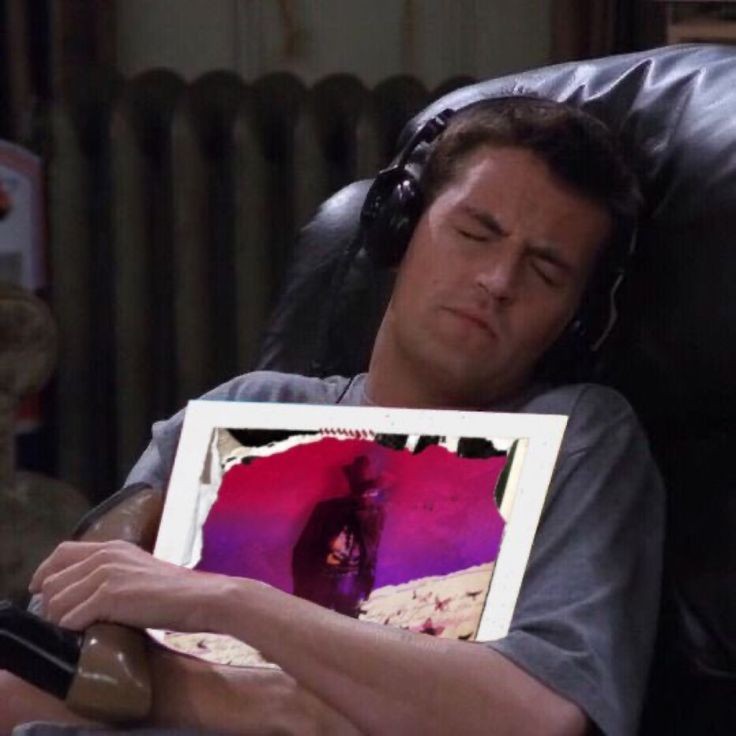Cell Biology
Cards (106)
- What is the cell membrane?The outermost layer of the cell, controlling what enters and leaves the cell. It's semi-permeable, allowing some substances to pass through while keeping others out.
- What is cytoplasm?The jelly-like substance inside the cell membrane, where organelles are suspended. It's a mixture of water, salts, and various organelles.
- What is organelle?A specialized structure within a cell that performs a specific function, such as mitochondria (energy production) or ribosomes (protein synthesis).
- What is the nucleus?The control center of the cell, containing most of the cell's genetic material (DNA) in the form of chromosomes. It regulates cell growth, division, and function.
- What is DNA?A molecule that contains the genetic instructions for the development, growth, and function of an organism. It's made up of two complementary strands of nucleotides.
- What is mitosis?A type of cell division that results in two daughter cells each having the same number and kind of chromosomes as the parent nucleus. It's important for growth, repair, and replacement of cells.
- What is cytokinesis?The process by which the cytoplasm divides into two daughter cells after mitosis, resulting in two separate cells with distinct nuclei.
- What is meiosis?A type of cell division that occurs in reproductive cells (gametes), resulting in four non-identical daughter cells with half the number of chromosomes as the parent cell. It's important for the creation of genetic variation.
- What is ribosomes?Small organelles responsible for protein synthesis. They read messenger RNA (mRNA) sequences and assemble amino acids into polypeptide chains.
- What is mitochondria?The site of cellular respiration, responsible for generating most of the cell's energy (ATP) through the process of cellular respiration. Mitochondria have their own DNA (mtDNA) and are often referred to as the "powerhouses" of the cell.
- Organisms can be prokaryotes or eukaryotes.
- All living things are made of cells.
- Eukaryotic cells are complex and include all animal and plant cells.
- Prokaryotic cells are smaller and simpler e.g bacteria.
- The nucleus contains genetic material that controls the activities of the cell.
- The cytoplasm is a gel-like substance where most of the chemical reactions happen. It containe enzymes that control these chemical reactions.
- The cell membrane holds the cell together and controls what goes in and out.
- The mitochondria is where most of the reactions for aerobic respiration take place. Respiration transfers energy that the cell needs to work.
- Ribosomes are where proteins are made in the cell.
- Plant cells have a rigid cell wall made of cellulose which supports the cell and strengthens it.
- Plant cells have a permanent vacuole which contains cell sap, a weak solution of sugar and salts.
- A plant cell has chloroplasts which are where photosynthesis occur, which makes food for the plant. They contain a green substance called chlorophyll which absorb the light needed for photosynthesis.
- Bacterial cells don't have chloroplasts or mitochondria.
- Bacterial cells don't have a 'true' nucleus - they have a single circular strand of DNA that floats freely in the cytoplasm.
- Bacterial cells may also contain one or more small rings of DNA called plasmids.
- Magnification = image size ÷ real size
- Cells differentiate to become specialised.
- Differentiation is the process by which a cell changes to become specialised for the job.
- Sperm cells are specialised for reproduction.
- Nerve cells are specialised for rapid signalling.
- Muscle cells are specialised for contraction.
- Root hair cells are specialised for absorbing water and minerals.
- Phloem and xylem cells are specialised for transporting substances.
- Chromosomes contain genetic information.
- Humans have 46 chromosomes, 23 pairs.
- The cell cycle makes new cells for growth, development and repair.
- Body cells in multicellular organisms divide to produce new cells as part of a series of stages called the cell cycle.
- The stage of the cell cycle when the cell divides is called mitosis.
- What is the primary function of chromosomes in the body?They contain genetic information.
- What is the structure of chromosomes?They are long lengths of DNA molecules.
